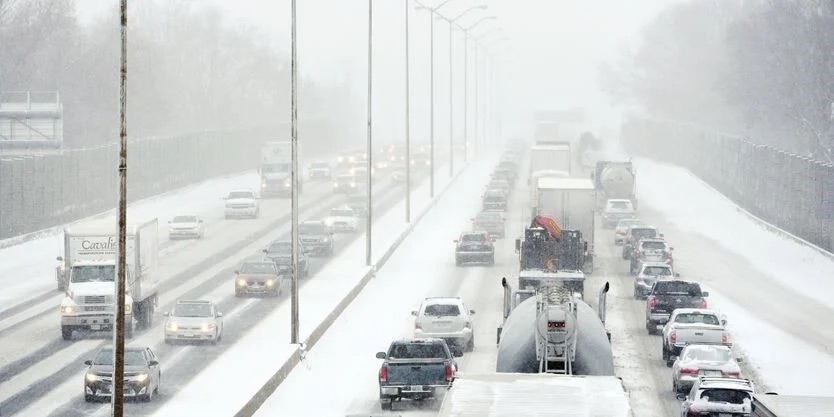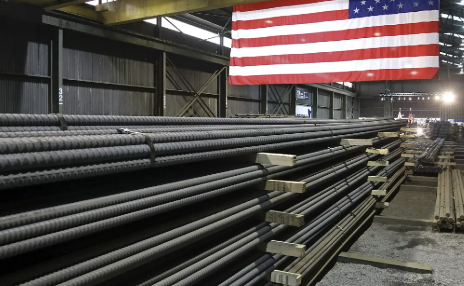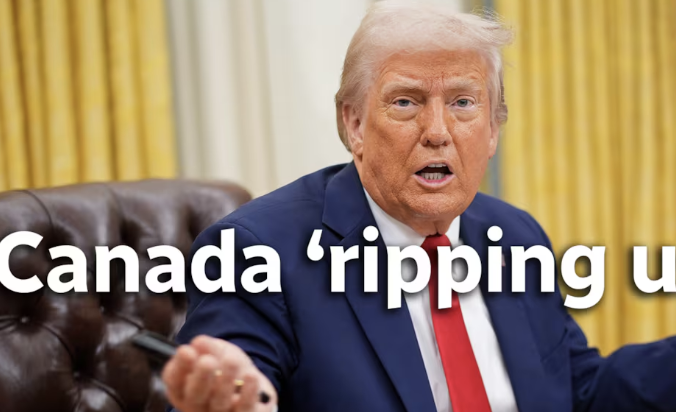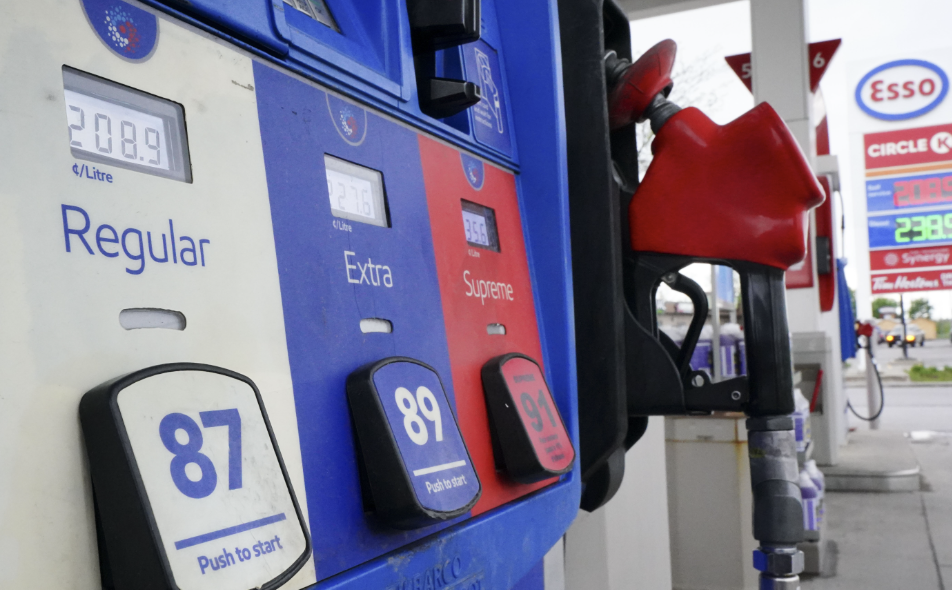In the unfolding political drama of Canada’s 2025 federal election, a compelling narrative is taking shape—one that pits a seasoned economic statesman against a fiery populist challenger. As the spring campaign season heats up, so too does the rivalry between Liberal leader Mark Carney and Conservative leader Pierre Poilievre. Recent polling data reveals a shift in the winds, with Carney gaining momentum and capturing the attention of both voters and markets. Let’s dive into the latest developments shaping this high-stakes political contest.
Polls Paint a Picture of Liberal Momentum
As of April 1–2, 2025, the numbers tell a clear story: Mark Carney’s Liberals are pulling ahead. According to the latest Nanos Tracking survey, the Liberals command a solid 8-point lead over the Conservatives, polling at 39% compared to Poilievre’s 31%. A separate poll by Liaison Strategies echoes this trend, showing the Liberals with a 5-point advantage (37% to 32%).
But it’s not just the polls that are leaning Carney’s way. On the prediction markets, confidence in the former Bank of Canada governor is surging. On Polymarket, Carney’s implied probability of becoming prime minister now stands at 66%, a figure that underscores his growing appeal among political bettors and analysts alike.
Strategic Shifts and Campaign Messaging
Much of Carney’s newfound traction can be traced to his bold pivot on housing. Drawing inspiration from the 1970s-era programs of Pierre Trudeau, Carney has proposed a sweeping plan for government-led home construction. The move has struck a chord with younger voters and urban Canadians grappling with affordability crises.
Meanwhile, Pierre Poilievre is doubling down on his “Canada First” economic agenda. Promising to shield Canadian industry from foreign dependency, Poilievre’s platform echoes protectionist themes reminiscent of Trump-era U.S. policies. While this message resonates with parts of his base, it has also sparked debate over trade tensions and Canada’s economic direction.
Regional Undercurrents and Alberta’s Dilemma
In the West, particularly Alberta, the political climate is more turbulent. Voters there remain wary of federal policies perceived as unfriendly to the energy sector. Poilievre is working to consolidate support in the province, but skepticism about his ability to expand beyond the Conservative heartland remains a hurdle.
Economic Anxiety as a Defining Theme
Underlying these campaign narratives is a broader mood of economic unease. According to Gallup, only 33% of Canadians expressed optimism about the economy in 2024—a record low attributed to persistent inflation and sluggish growth. The return of Donald Trump to the White House has added another layer of uncertainty, with new trade tensions casting a long shadow over Canada’s economic prospects.
As voters weigh their options, the question looms: will Carney’s technocratic calm and policy precision triumph over Poilievre’s populist fervor? The answer may well lie in how Canadians interpret the shifting tides of global economics and domestic priorities in the weeks to come.









